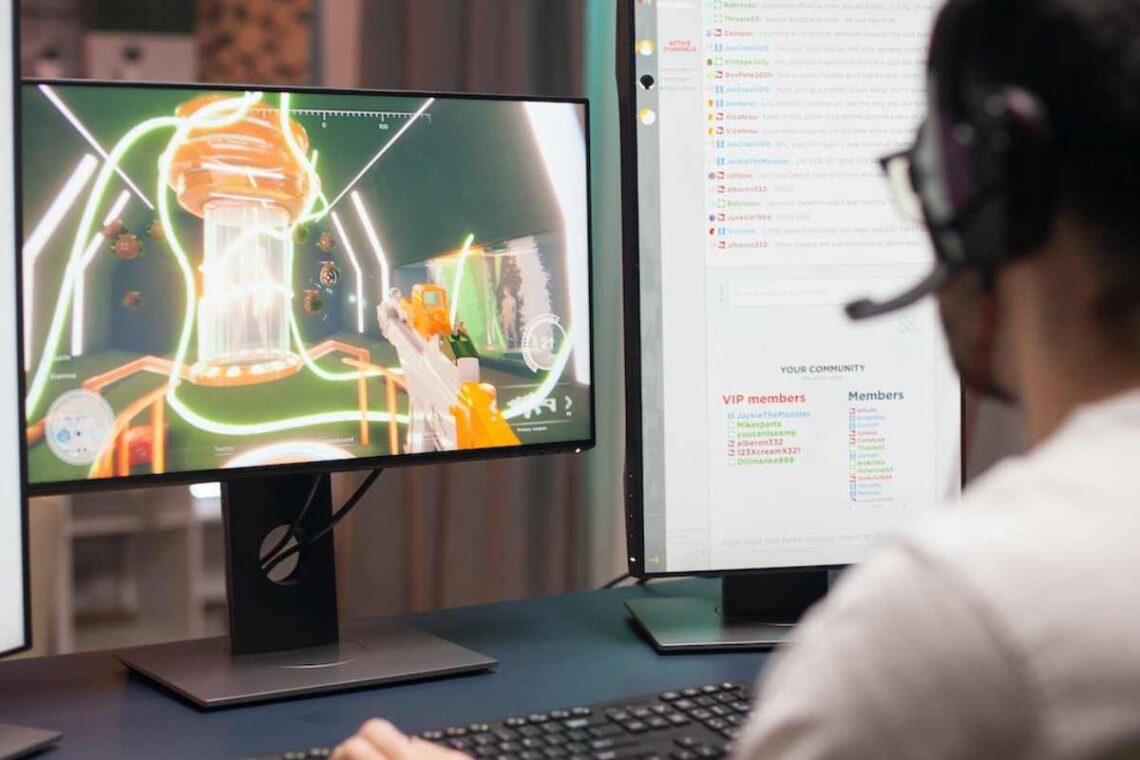Ever wondered how to make a game? If you’re a gaming lover, marketing games, or looking for voices to giving life to your games, then Hove tips to do so on making a video game. Well, before going for height of success, producing video games begins with a concept that is loved by fans after little while of hard work and patiently.
What is a video game?
A video game is a sort of gaming that is accomplished through a computer console incorporating video which is a display equipment to the gamers on the devices including the television, computer or even mobile phone screens. These games are usually illustrated with graphics and sound and can start with a textual environment up to highly developed virtual environment. Such games engender special settings and play opportunities for one to interface with AI-enabled video game personalities or other players’ in-game representations. The ones already mentioned also involve single MP and/ or multiplayer splits in action-adventure, RPGs first-shooter, platforms, puzzles, simulation, strategies, sports and racing fears, horrors fighting tunes/ rhythms, survival roguelike/roguelite, and battle royale.
How to Develop a Video Game
Video game development is a multifaceted process that consists of several stages and implies a strict organization, creativity, knowledge, and meticulousness. Whether you’re a designer with a major game studio or using Unity to create your first game, every game maker follows these stages of development:Whether you’re a designer with a major game studio or using Unity to create your first game, every game maker follows these stages of development:
Pick a Concept
Generate a few game concepts to see what kind of game you want to make. If this is your first time making a game, start small. Explore different genres and subgenres, see what is currently popular in media (or what used to be), then write down any video game ideas that come to mind. After the initial brainstorm is complete, think about the potential features or mechanics of the games on your list. Whittle down the ideas until you find one that you think has the best potential.
Gather Information
Game creation involves extensive research. Research the types of games you are building and create a games design document (GDD), even if it is a simple games. The GDD is a brief for the entire project and outlines all the major details like games mechanics, genre, worldbuilding, story, and marketing strategy. Your GDD should answer any questions a potential audience might have about the games, from high-level concept down to the minutiae of aesthetic choices in visual and audio design. As the games designer, you’ll need to decide which games programming language you will use, how big your development team will need to be, and the various resources you will need.
Start building
Now that you have done your research, you can begin to develop the frame-work of your games. You’ll need to select the best programming language and game engine for your concept. For small mobile games, you will not need the same advanced technology required for more hardware dependent games. During this step of development, you can also begin scripting code for your game.
Refine Your Concept
Prototypes can help you find discrepancies and other issues early on in the design process. Resolving these issues as they arise is important because they can negatively influence the user experience. Make sure your games has all of the necessary facets—the setting, the quests, the level design, the characters, and sound effects. If you are building a role-playing games (RPG), make sure you can track the logic of the storyline and that the character motivations make sense. If you are creating a platformer or an adventure games.
Test Your Game
Whether you do the testing yourself or outsource the task to quality assurance (QA) testers, every games must be test thoroughly before it is release. QA testers test gameplay from a technical standpoint. The QA team will play through a title multiple time’s, writing up detailed bug reports, and taking note of any crashes. This is a lengthy but necessary process, as gamers are less likely to play a title riddled with glitches or errors, even if it’s free.
Market the Finished Product
Toward the end of your game’s development process, you should begin marketing it on as many relevant platforms as possible. Create a website for the game and use social media to advertise it. Include a playable demo on the site that gets players excited for the full games. When the games is ready for release, offer discounted copies or a free version, upload it to games or app stores—try to get it into as many peoples’ hands as possible.
Conclusions
Learning how to make your game from scratch can be fun, rewarding, and extremely difficult. Nevertheless, indeed, if you have a passion in coding, in gaming or any other, or just entrepreneurship, it is worth doing.
Introduce the flow of events that should happen for the games to be develope as the frame of reference. Thus, even a blatantly primitive games, such as tic-tac-toe, has to be in some way imagine, or conceptualize, in order to be played. It has to be translate into a detail specifications sheet and then this sheet has to be used to build the games you want.
If you do not know how to code in at least one language, you will need to set aside 3-6 months to learn this before even attempting to create a game.

